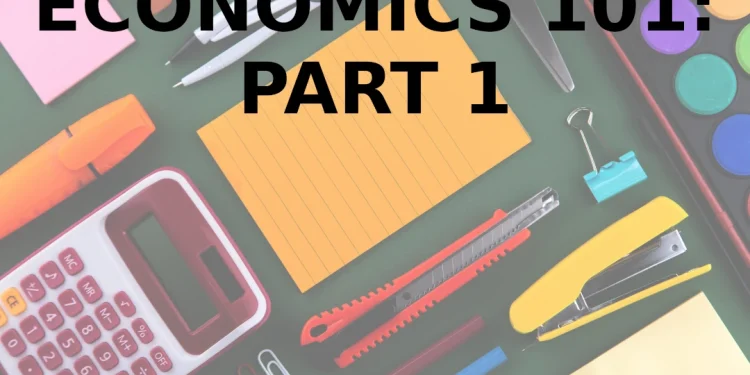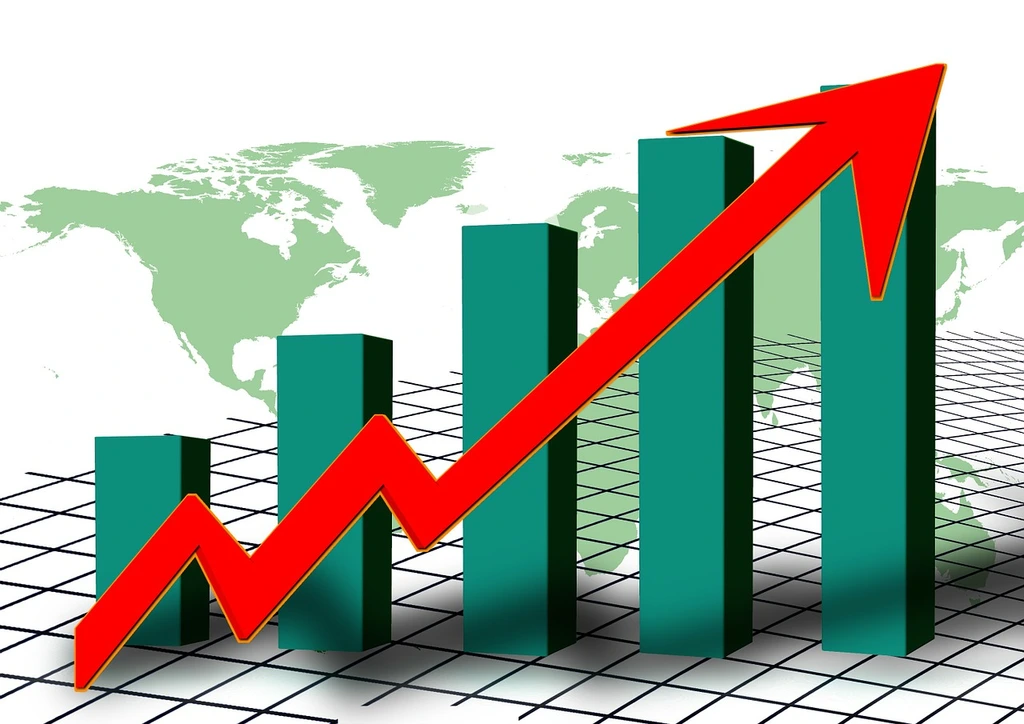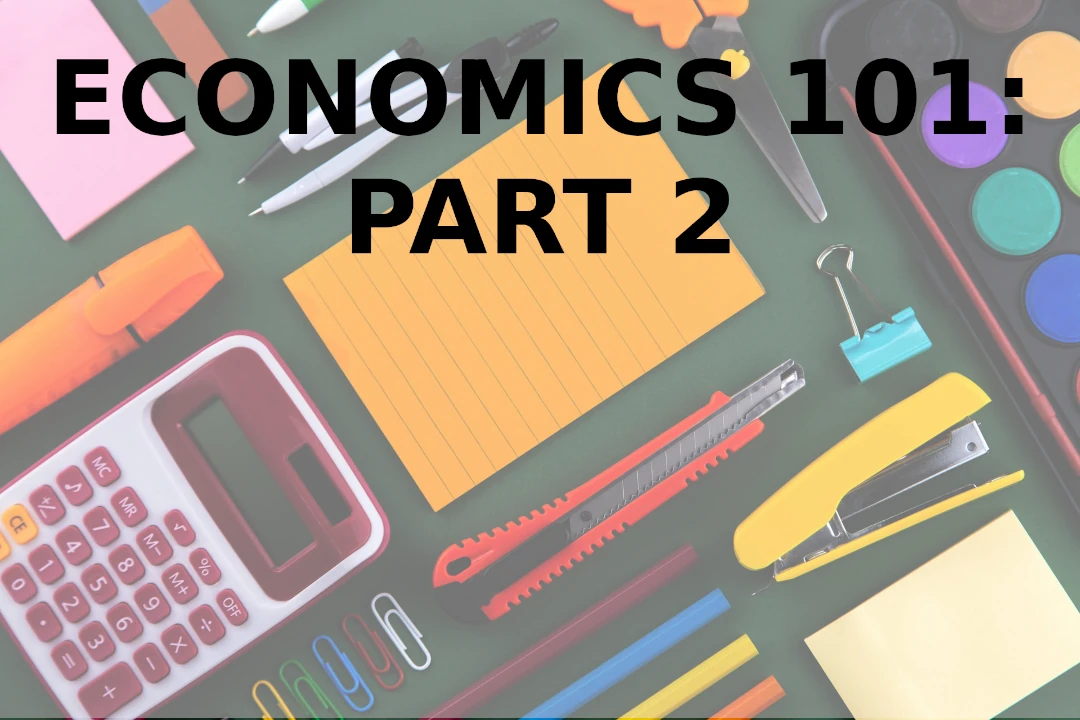Welcome to the Economics 101 series in which we will go over the most basic concept in economics that everyone should understand. The series of articles contains discussions about the following subject:
- Supply and Demand
- Opportunity Cost
- Scarcity
- Cost-Benefit Analysis
- Incentives
- Elasticity
- Market Structures
- Gross Domestic Product (GDP)
- Inflation and Deflation
- Fiscal and Monetary Policy
This is part one in which we will discuss the concept of supply and demand.
Understanding the Basics
Supply and demand. These two words are at the heart of economics. They are the forces that govern the markets and determine prices. But what exactly do they mean? Understanding the basics of supply and demand is crucial for anyone looking to make sense of the world of economics.
Supply: The Producer’s Side
Supply refers to the quantity of a good or service that producers are willing to provide to the market at a given price. It is influenced by several factors including the cost of production, technological advancements, and the availability of resources.
When the price of a product is high, producers are motivated to increase their supply. Higher prices mean higher profits and an incentive to produce more. On the other hand, when prices are low, producers may reduce their supply or even exit the market.
Demand: The Consumer’s Side
Demand, on the other hand, refers to the quantity of a good or service that consumers are willing to buy at a given price. It is influenced by factors such as consumer preferences, income levels, and the availability of substitutes.
As prices decrease, consumers tend to demand more of a product. This is because lower prices make the product more affordable and attractive. Conversely, when prices rise, consumers may reduce their demand or look for cheaper alternatives.
The Law of Supply and Demand
At its core, the relationship between supply and demand can be summarized by the law of supply and demand. This law states that when the price of a good or service increases, the quantity supplied will also increase, while the quantity demanded will decrease. Conversely, when the price decreases, the quantity supplied will decrease, while the quantity demanded will increase.
This relationship creates a market equilibrium, where the quantity supplied is equal to the quantity demanded. At this equilibrium, both buyers and sellers are satisfied, and the market operates smoothly.
Factors Affecting Supply and Demand
While the law of supply and demand provides a basic framework, several factors can influence supply and demand in the real world. These factors include:
- Government Policies: Government regulations, taxes, and subsidies can all have an impact on supply and demand. For example, a tax on cigarettes may decrease demand, while a subsidy for renewable energy may increase supply.
- Changes in Technology: Technological advancements can affect both supply and demand. For instance, the invention of smartphones increased demand for mobile applications while also increasing the supply of smartphones.
- Seasonal Changes: Seasonal variations can have a significant impact on supply and demand. For example, the demand for winter coats increases in colder months, causing prices to rise.
- Market Expectations: Anticipated changes in the market, such as future price increases or decreases, can influence current supply and demand. If consumers expect the price of a product to rise in the future, they may increase their current demand.
Market Forces in Action
Understanding the concepts of supply and demand is not only essential for economists but also for individuals navigating their daily lives. For instance, if you’re a consumer, understanding supply and demand can help you make informed decisions about what to buy and when. If you’re an entrepreneur, knowing the dynamics of supply and demand can guide your business strategy and pricing decisions.
Supply and demand are the invisible hands that shape our economy. They are the forces that determine prices, determine what products are available, and drive economic growth. By understanding the fundamentals of supply and demand, we can gain a deeper understanding of how our world works.






















